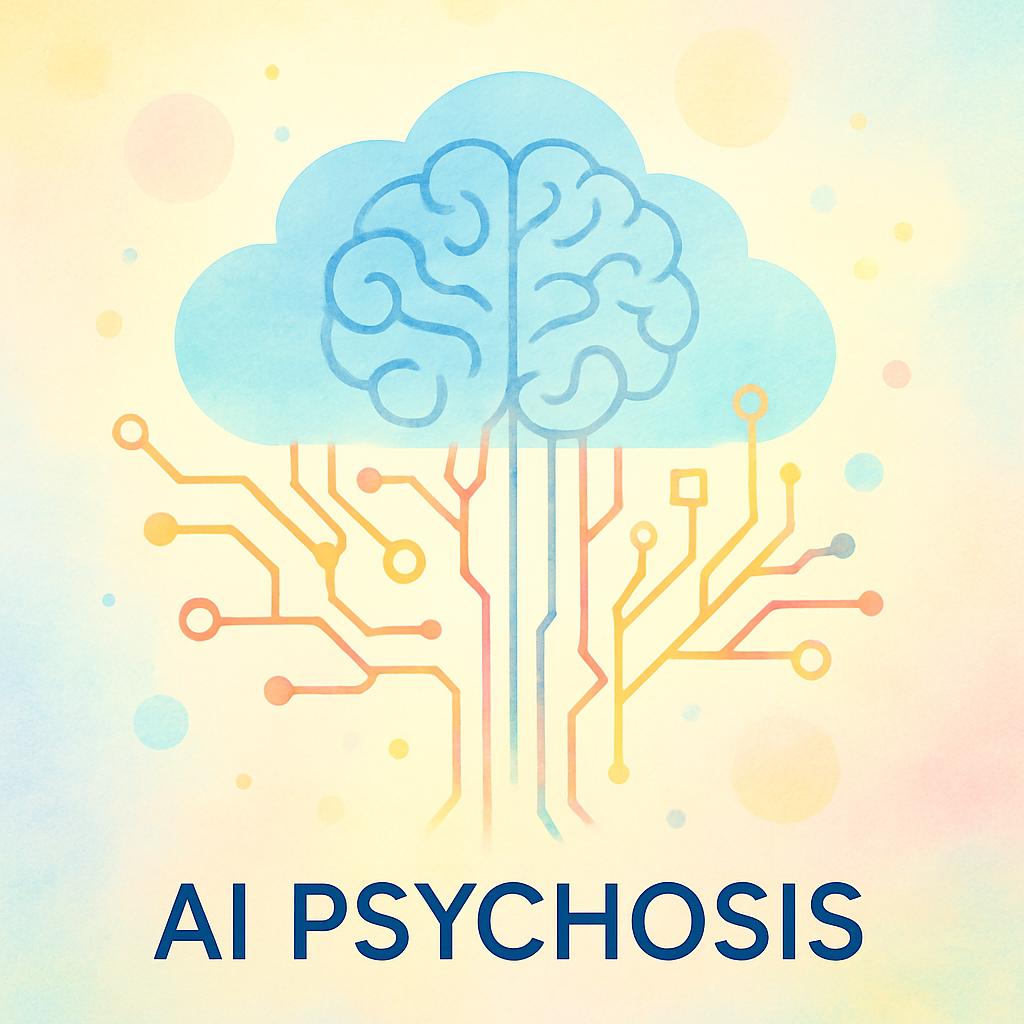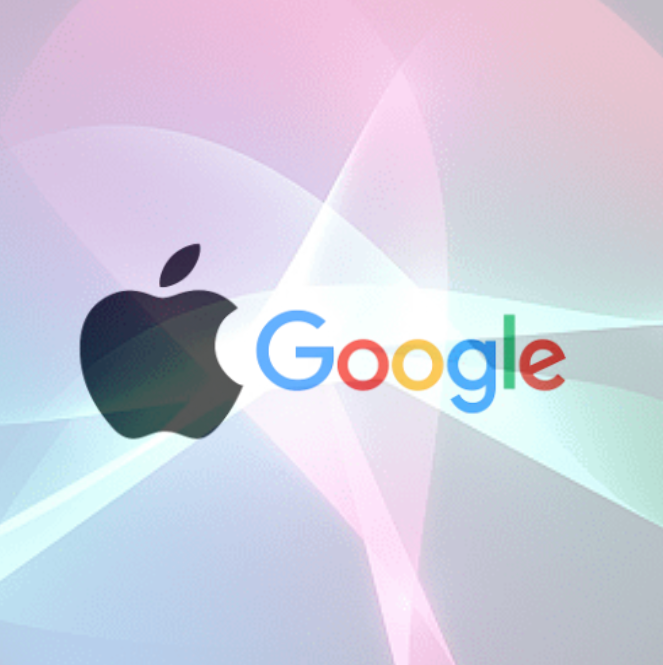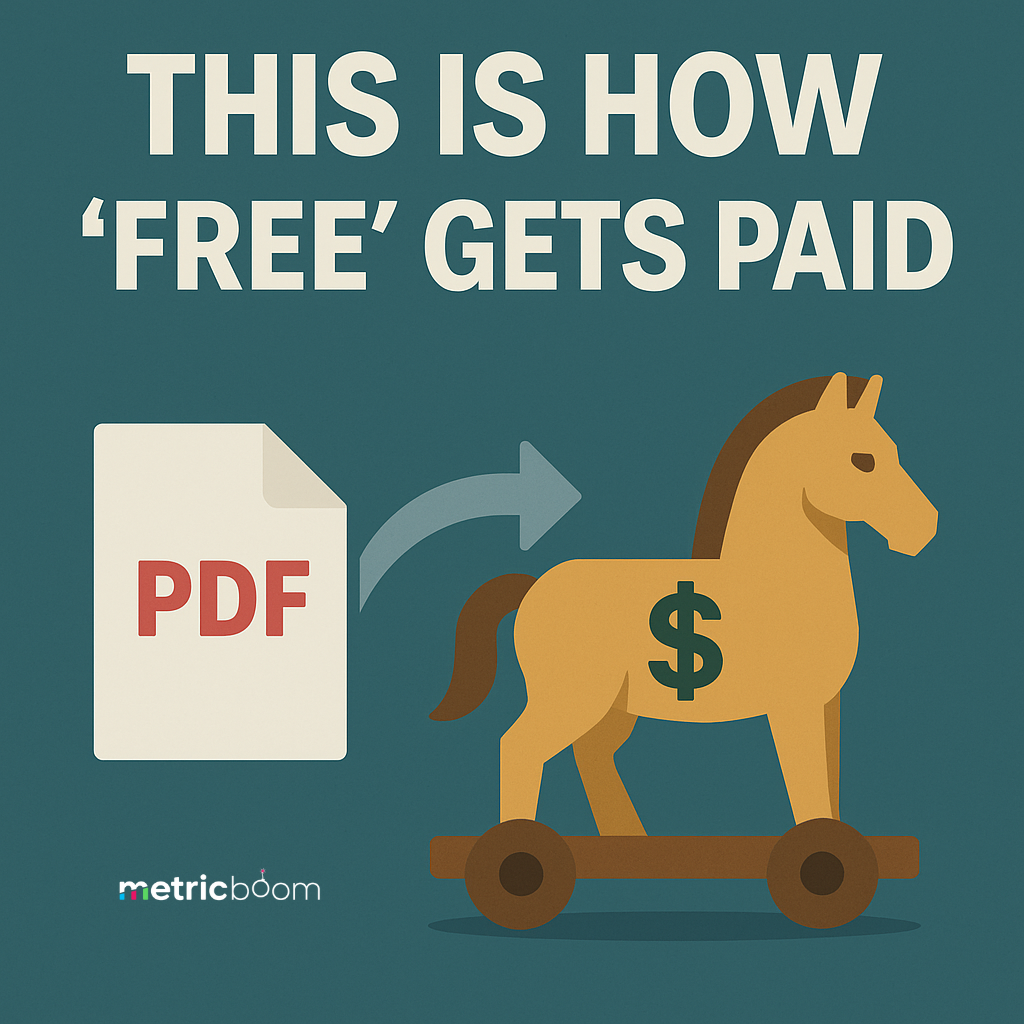
OpenAI has rolled out GPT-4.1, a cutting-edge model tailored specifically for coding and instruction-following tasks.
This latest model is now directly integrated into ChatGPT, broadening its accessibility and utility. With marked improvements in speed and efficiency, GPT-4.1 stands out as a superior alternative to previous models like OpenAI o3 and o4-mini.
The release focuses on providing real-world utility, directly addressing the everyday needs of developers and businesses seeking efficient AI solutions.
This development is not just about technical upgrades; it’s about transforming how AI can be used in practical, everyday scenarios.
The integration into ChatGPT means users can immediately leverage these enhancements without a steep learning curve.
OpenAI's commitment to real-world application ensures that GPT-4.1 is not just a tool for experts but a resource for anyone involved in coding and automation.
What the Company Is Saying
OpenAI emphasizes the model's outstanding performance on industry-standard benchmarks, showcasing its ability to handle long contexts and deliver precise coding improvements.
The company has honed in on real-world utility, optimizing the model to address tasks that are most relevant to developers.
By working closely with the developer community, OpenAI aims to create a model that is both powerful and cost-effective.
Their focus is on ensuring these advancements translate into practical and tangible improvements for users across various sectors.
OpenAI's strategy reflects a broader vision of making AI tools more accessible and useful in real-world applications.
By prioritizing collaboration with developers, they ensure the model is tuned to meet actual needs rather than just theoretical benchmarks.
This approach underscores a commitment to continuous improvement and user-focused development, driving innovation in a meaningful direction.
Here's a table comparing GPT-4.1 to previous models:
| Feature | GPT-4.1 | GPT-4o | GPT-4.5 |
|---|---|---|---|
| Coding Performance | 54.6 % (SWE-bench) | 33.2 % (SWE-bench) | Similar to GPT-4o |
| Instruction Following | 38.3 % (Scale’s MultiChallenge) | Lower | Similar to GPT-4o |
| Long Context | Up to 1 million tokens | Up to 128,000 tokens | Similar to GPT-4o |
| Cost Efficiency | 26 % less expensive | Higher | Higher |
| Latency | Reduced significantly | Higher | Similar to GPT-4o |
| Availability | ChatGPT & API | Older versions | Deprecating |
What That Means (In Human Words)
For developers, GPT-4.1 is a robust tool that enhances software engineering workflows, offering a significant leap in capabilities.
Its ability to process extensive codebases and maintain context over long interactions can drastically speed up development cycles.
The reduction in cost and latency makes it an appealing option for companies of all sizes, democratizing access to advanced AI capabilities.
This translates to more innovation, quicker solutions, and reduced time spent on repetitive tasks, freeing developers to focus on creativity and problem-solving.
The enhancements in GPT-4.1 mean that more users can access high-level AI tools without the prohibitive costs often associated with such technology.
It empowers smaller companies and independent developers to compete on a level playing field, fostering a more inclusive tech landscape.
The focus on real-world utility ensures that the improvements are felt where they matter most-on the ground, in day-to-day operations.
Bottom Line
GPT-4.1 is now available directly in ChatGPT, providing immediate access to its enhanced features.
While it sets new performance standards, it's also designed to be cost-efficient, making it accessible to a wider range of users.
Developers can explore its capabilities and integrate it into their workflows to achieve better results with less effort.
It's a practical step forward, offering significant benefits without the hefty price tag, and it's ready to be used by anyone needing advanced AI assistance.
This release is not just about new features; it’s about redefining what’s possible with AI in practical settings.
The emphasis on cost efficiency and accessibility means that even those with limited resources can benefit from top-tier AI technology.
OpenAI's approach ensures that these advancements are not confined to large corporations but are available to all, driving widespread innovation.
Frozen Light Team Perspective
Let’s not pretend this isn’t a good move.
For developers, GPT-4.1 absolutely brings upgrades worth paying attention to - faster response times, lower costs, and direct access to the model itself. That’s useful, and it shows OpenAI knows where the pressure points are.
But let’s also be clear: this isn’t a reinvention of the wheel.
It’s not some grand leap in capability.
It’s competition - plain and simple.
Because here’s the real picture:
When you strip away the UI, the wrapper, the brand, what ChatGPT really offers is access to the LLM. That’s it.
No plugins, no ecosystem edge, no proprietary infrastructure advantage.
Just the algorithm.
So what do you do when that’s all you’ve got?
You give people access to the model - faster, easier, and cheaper than before.
And yes, you can frame it as “democratization” or “open infrastructure.”
But let’s not get lost in the language.
This is about making sure your model stays in people’s hands.
Because if they’re not using it - they’re using someone else’s.
From that angle, this move makes perfect sense.
It's not a vision piece - it’s product strategy.
One that keeps OpenAI in the race as more players step into the arena with their own open weights, open source, and fine-tuning pipelines.
Does it empower developers? Definitely.
But it also strengthens the loop:
You put your hands on the model - and the model learns from what your hands do.
Access isn’t just about giving.
It’s about staying in the game.
That’s the real perspective here.








